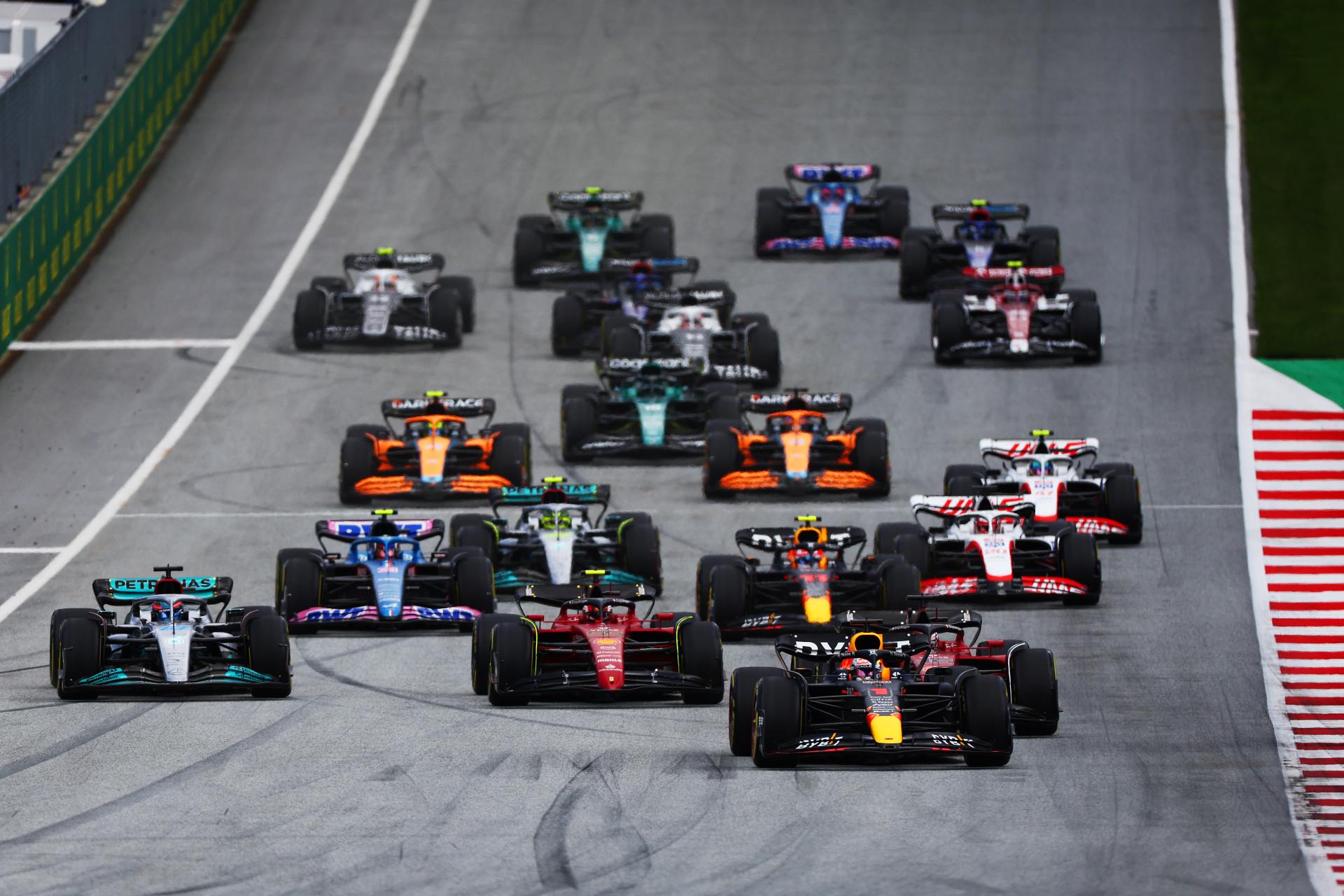After a meeting last Thursday (14), the FIA confirmed the technical directive for the Belgian GP. Also thinking about 2023, the entity has proposed some changes, which will be presented to the World Motor Racing Council

Last Thursday (14), the FIA (International Automobile Federation) confirmed that its technical directive, which contains the metrics for measuring the Formula 1 cars' kicks, will be enforced at the Belgian Grand Prix, August 26-28. However, no further action will be taken before then. Not regarding porpoising, nor regarding floor flexing.
The decisions were made during F1's Technical Advisory Committee (TAC). The directive was proposed by the organization before the Canadian GP last month, but will only be put into practice at Spa-Francorchamps. The teams will, however, be able to test the new metrics on their cars in advance, as at the French GP, for example.
"The FIA has reaffirmed its strong commitment to reducing and hopefully eliminating the problem in the short term, as it is considered a significant safety issue," the FIA said in a statement.

"It is the responsibility of the FIA to intervene in safety issues. The reason why the regulations allow such measures to be taken is precisely to allow decisions to be taken without being influenced by the competitive position each team may find itself in," it followed.
Even if the measures are immediate, the FIA has also expressed its concern for 2023. Fearing that the quikos will be more incidental, some other measures will be taken for next year. Specifically, four changes.
The proposal is to change the design of the cars. The edges of the floorboard would be raised to 25mm, as well as the central part of the diffuser, below the floorboard, would also be raised. In addition, a stricter deflection test will be adopted, and the cars will have sensors to analyze aerodynamic oscillations.
What is AOM, the metric that the FIA intends to implement in the next stages?
The so-called Aerodynamic Oscillation Metric (AOM) can oblige a team to raise the height of the car, as excessive kicks are perceived as harmful to the drivers - and risk being excluded from the GP if they do not comply.